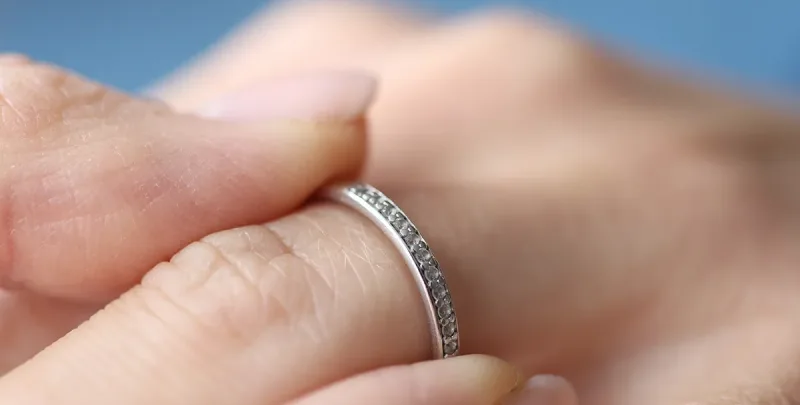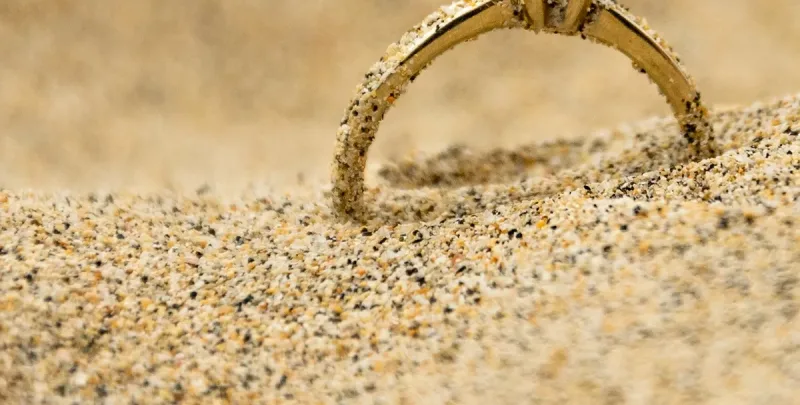Though the 140 carat Regent diamond, today, sits serenely on display in the Denon wing of the Louvre in Paris, its journey there has been as full of twists and turns as many of the world’s other most famous diamonds
Home › Jewellery Insurance › The Regent
The Regent
Ocean crossings
The gem originated from the Kollur Mine in India, where, so the story goes, it was discovered in 1698 by a slave who smuggled the diamond (weighing 426 carats in the rough) out of the country by concealing it within the bandages of a self-inflicted wound. He was later murdered and the stone stolen by an English sea captain who had initially promised safe passage in exchange for half its value.
Amplified brilliance
The diamond was then acquired by Thomas Pitt, the English governor of Madras, for a very high price and shipped to England in 1702 to be cut by a jeweller named Harris. Harris fashioned the stone into the 140 carat cushion-shaped brilliant cut diamond it is today – a design chosen to enhance its brilliance and intensity further. The process took a total of two years to complete, and also resulted in a number of additional, smaller rose-cut gems, which were sold to Tsar Peter the Great of Russia.
A royal flush
The newly cut stone quickly became known as the finest large diamond in the western world, and was purchased by the Regency Council of France in 1717, at the behest of Philippe d’Orléans. From here it went on to adorn a sweeping succession of French Kings and Queens, beginning with Louis XV, who wore it mounted in his crown for his coronation ceremony in 1722.
Swept up in revolt
Like the Sancy and Hortensia diamonds, profiled in previous posts, the Regent was among the precious gems that were stolen from the Crown Jewels collection, in 1792, during the upheaval of the French Revolution. It was recovered a year later from an attic in the Halles district of Paris, after one of the men involved confessed to the crime and disclosed its whereabouts, moments before being executed.
The diamond was then used as security on a number of occasions during the Revolution (including for a five year war loan), before being permanently redeemed by Napoleon Bonaparte in 1801, who had it mounted on his two-edged sword. The gem was then incorporated into the crowns of Louis XVIII, Charles X, Napoleon III and, finally, the Grecian diadem (a type of ornamental headband) of Empress Eugénie.
A narrow escape
The Regent was the only one among the French Crown Jewels not to be sold off at auction by the French government in 1887. Instead it was shown as part of an exhibition at the Louvre, where it has remained on display ever since (with the exception of a brief period during the Second World War, when it was hidden behind a stone panel at the Chateau du Chambord for safety).
The Regent is still considered to be one of the finest and most beautiful large diamonds, containing only one very small imperfection.
Protecting your own
Though your own diamonds may not be universally renowned, they’re probably the most important in the world to you. Which is why it’s well worth taking the time and care to ensure that they are comprehensively insured from loss, damage or theft with Assetsure’s Jewellery Insurance


























